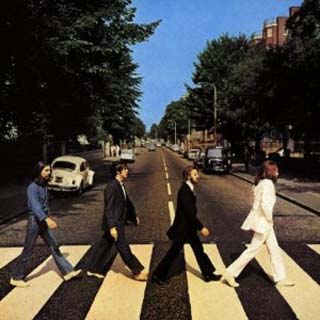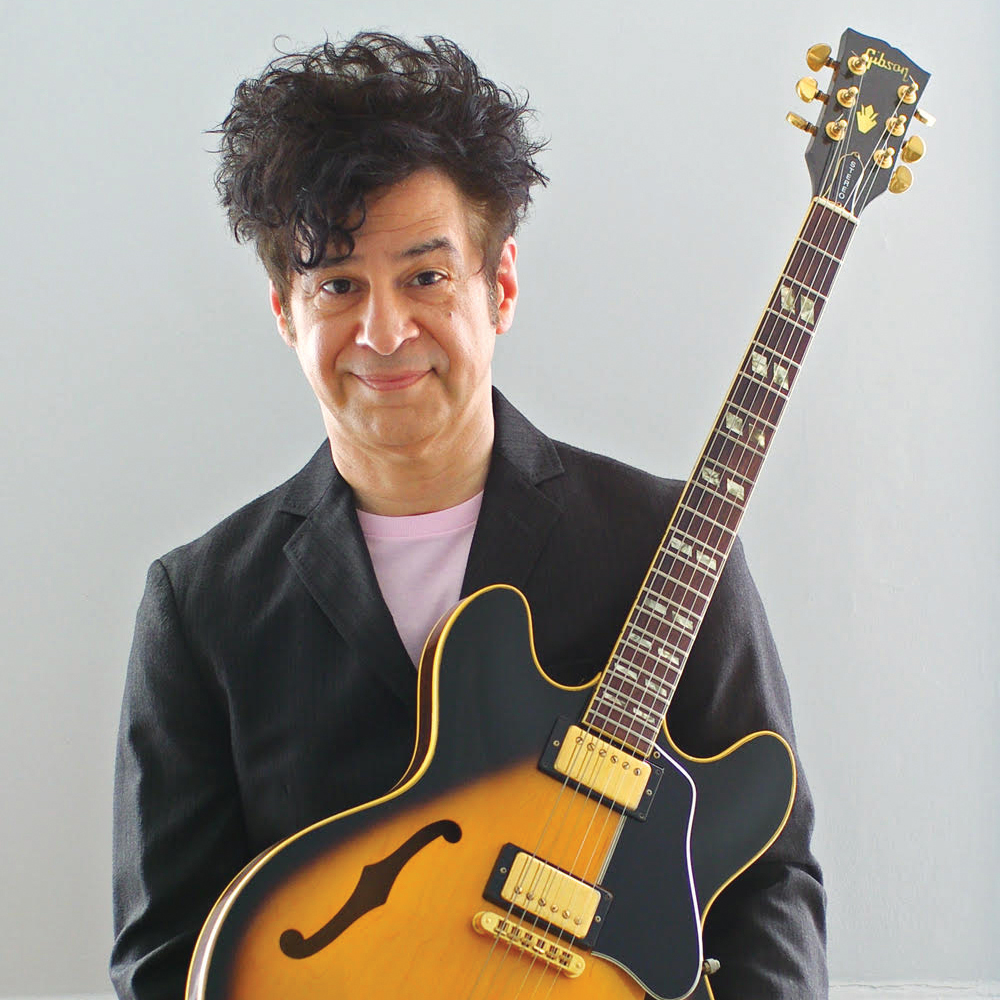Song Facts: The Beatles — "Here Comes The Sun"

It's unlikely John Lennon had much of anything to do with recording George Harrison's second Abbey Road contribution. Lennon was still out of commission from his July 1 automobile accident when work began on this Harrison track on July 7 in Studio Two.
Thirteen takes were recorded until a "best" take was achieved. Drums, bass and two acoustic guitar tracks were recorded on this day. The following day saw the addition of a lead vocal and the "sun, sun, sun" middle-eight vocals, sung by Harrison and Paul McCartney and double-tracked. A reduction mix was then made to free up more tracks.
Recording continued over July and August with the addition of a harmonium (played by Harrison), drum overdubs, more electric guitar parts by Harrison, and George Martin's string and woodwind arrangement. On August 19, Harrison recorded his Moog synthesizer contribution, a signature element on "Here Comes the Sun."
- Interestingly, the fluttery, wobbling sound on the Moog's reverb is the result of a studio trick employed on a few Beatles' sessions. The audio send to the reverb chamber was run through a tape deck with lengths of adhesive
- editing tape on one of the rollers that guides the recording tape through the machine.
The sticky editing tape would catch and release the recording tape, causing fluctuations in pitch, which were then sent on to the reverb chamber and returned to be mixed with the original synthesizer signal. (The same effect was used to create the old-timey piano solo on the Sgt. Pepper's track "Lovely Rita.")
Musician/producer Alan Parsons, a tape operator on this and numerous other Beatles sessions, was responsible for overseeing the effect, though he was not a fan of it. "I hated the idea at the time," he says, "and I do to this day."
RECORDED: July 7, 8 and 16 and August 6, 11, 15 and 19, 1969, Abbey Road Studios One, Two
and Three
Get The Pick Newsletter
All the latest guitar news, interviews, lessons, reviews, deals and more, direct to your inbox!
Christopher Scapelliti is editor-in-chief of Guitar Player magazine, the world’s longest-running guitar magazine, founded in 1967. In his extensive career, he has authored in-depth interviews with such guitarists as Pete Townshend, Slash, Billy Corgan, Jack White, Elvis Costello and Todd Rundgren, and audio professionals including Beatles engineers Geoff Emerick and Ken Scott. He is the co-author of Guitar Aficionado: The Collections: The Most Famous, Rare, and Valuable Guitars in the World, a founding editor of Guitar Aficionado magazine, and a former editor with Guitar World, Guitar for the Practicing Musician and Maximum Guitar. Apart from guitars, he maintains a collection of more than 30 vintage analog synthesizers.










